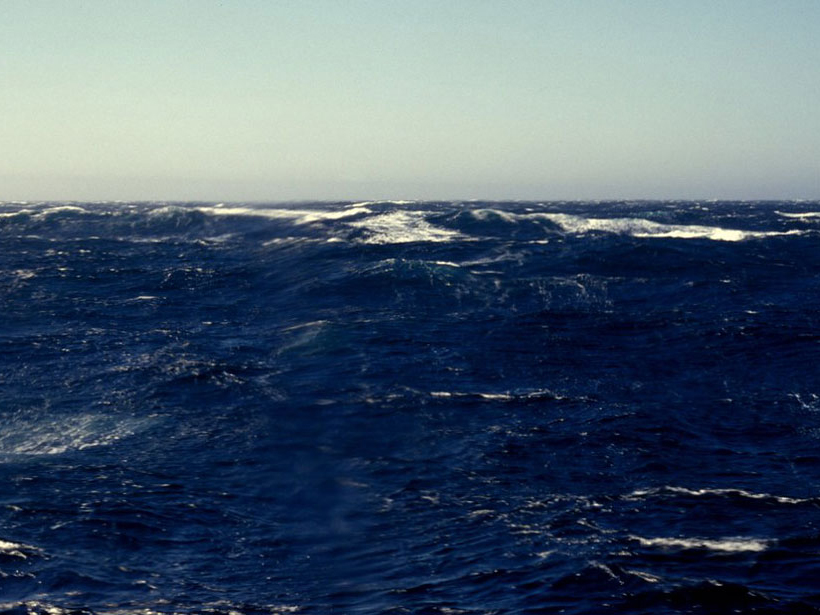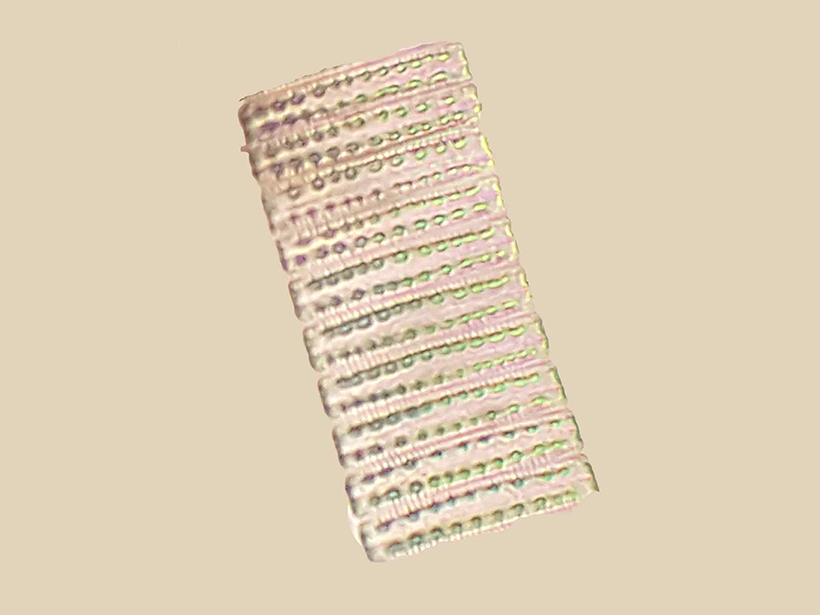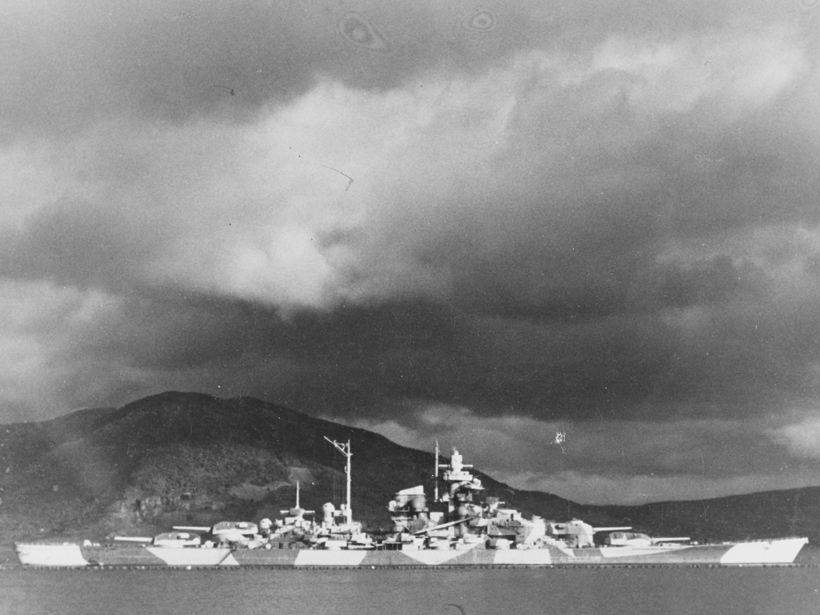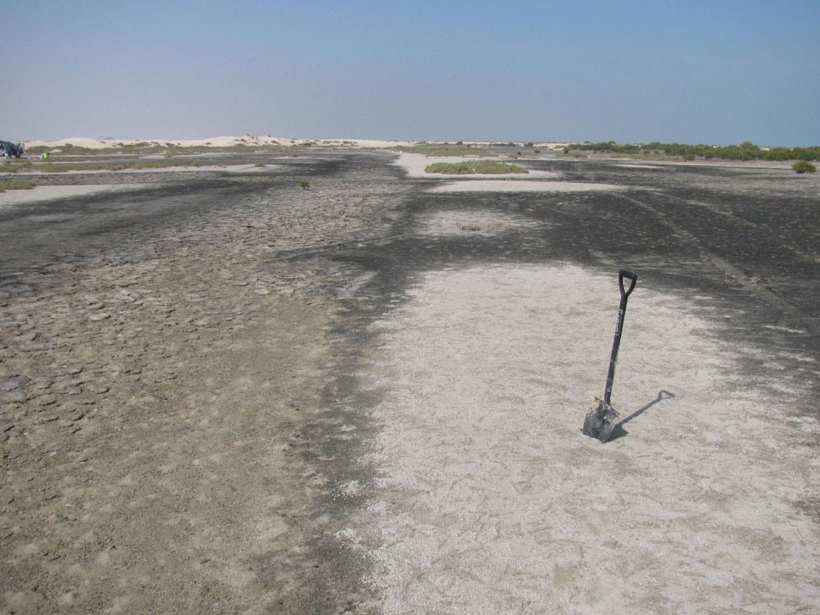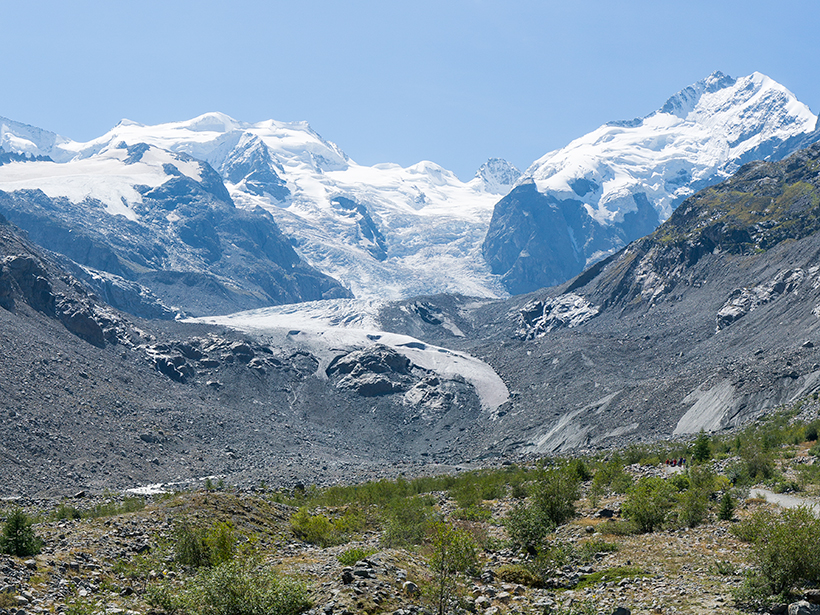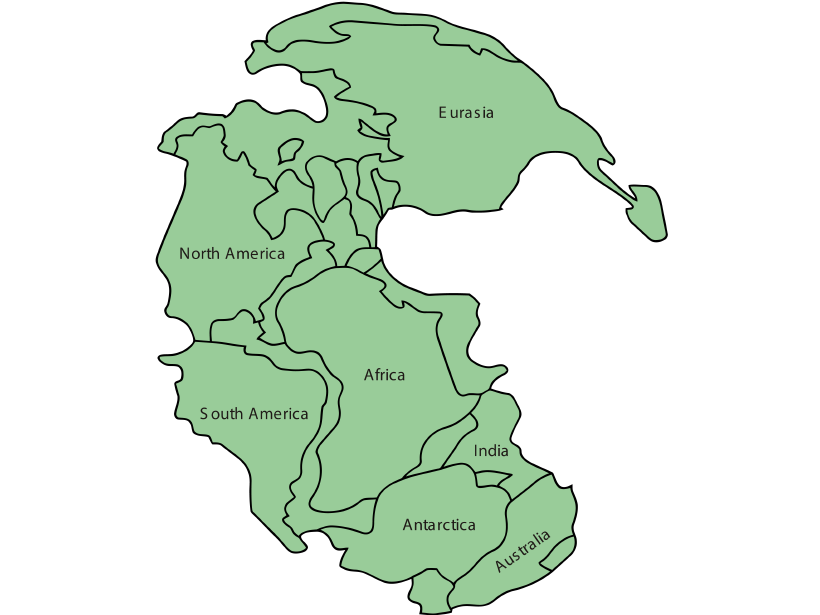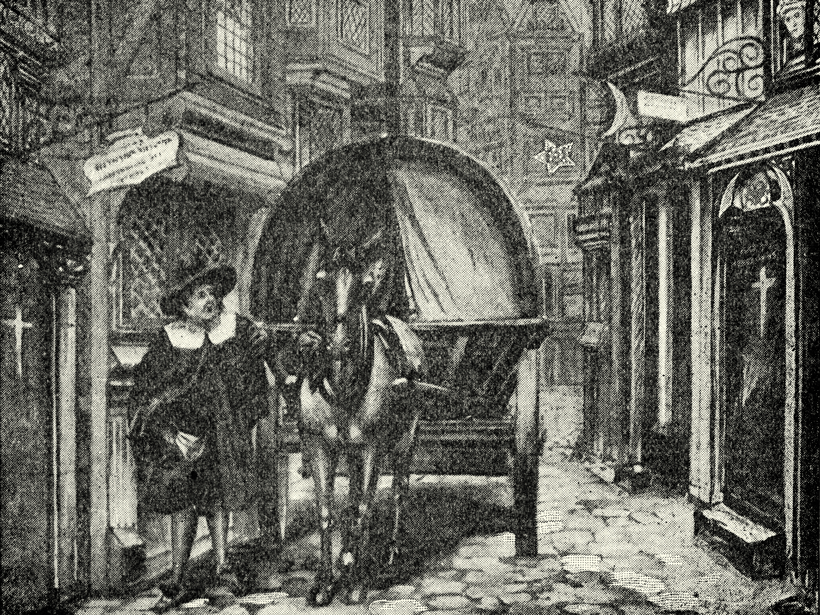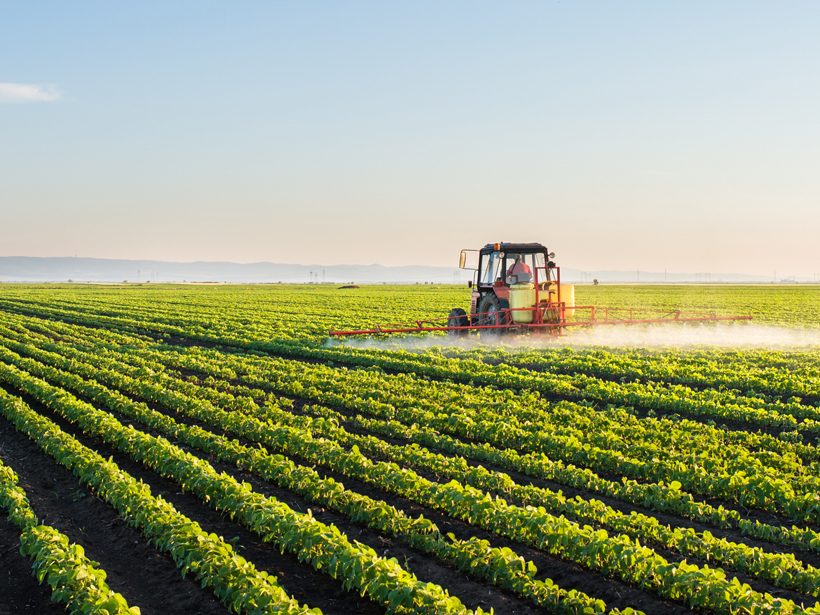Sea surface salinity is starting to rival other methods for seasonal rain forecasting.
Bas den Hond
Bas den Hond writes about Earth science, physics, mathematics, and language. His work has appeared in The Economist, New Scientist, and a number of Dutch general and popular science publications. Based in the Netherlands and New Hampshire, he is also the U.S. correspondent of the Dutch daily newspaper Trouw. He has a master of science in astronomy.
New Paths for Plankton in Warming Arctic?
Water flowing from the Pacific to the Atlantic could find new shortcuts, enabling plankton to survive the trip through the cold polar region.
New Simulation Supports Chicxulub Impact Scenario
Mountains ringing the center of Earth’s most famous impact crater consist of porous rocks. Computer models of the impact can now predict those rocks’ microstructure.
Tree Rings Tell a Tale of Wartime Privations
In occupied Norway during World War II, the German navy deployed thick chemical fog to protect a precious battleship. The effects are still detectable in trees.
Reversing Earth’s Spin Moves Deserts, Reshapes Ocean Currents
A climate model with reversed rotation of Earth helps climatologists and oceanographers understand why our planet is the way it is and reveals how different it could have been.
Images Suggest a Viral Role in Some Rock Formation
Viruses might have helped transform dense bacterial colonies into a type of sedimentary rock that is frequently associated with underground oil reserves.
Artificial Snow Could Make Alpine Glacier Grow Again
A retired professor devises a plan and evaluates the cost of saving one town’s signature glacier from climate change.
Paleomagnetic Data Hint at Link from Earth’s Core to Continents
Earth’s magnetic field waxes and wanes as supercontinents form and break up, suggests a new study postulating a direct connection between our planet’s crust and its core.
Plague Bug May Have Lurked in Medieval England Between Outbreaks
A new analysis of climate records in England and Europe’s Low Countries suggests that the disease-causing bacterium persisted in rodents between recurrences in people.
More Intense Rains in U.S. Midwest Tied to Farm Mechanization
Replacement of horses by machines since the 1940s allowed central U.S. farmers to change the crops they planted, which may have altered regional climate.

